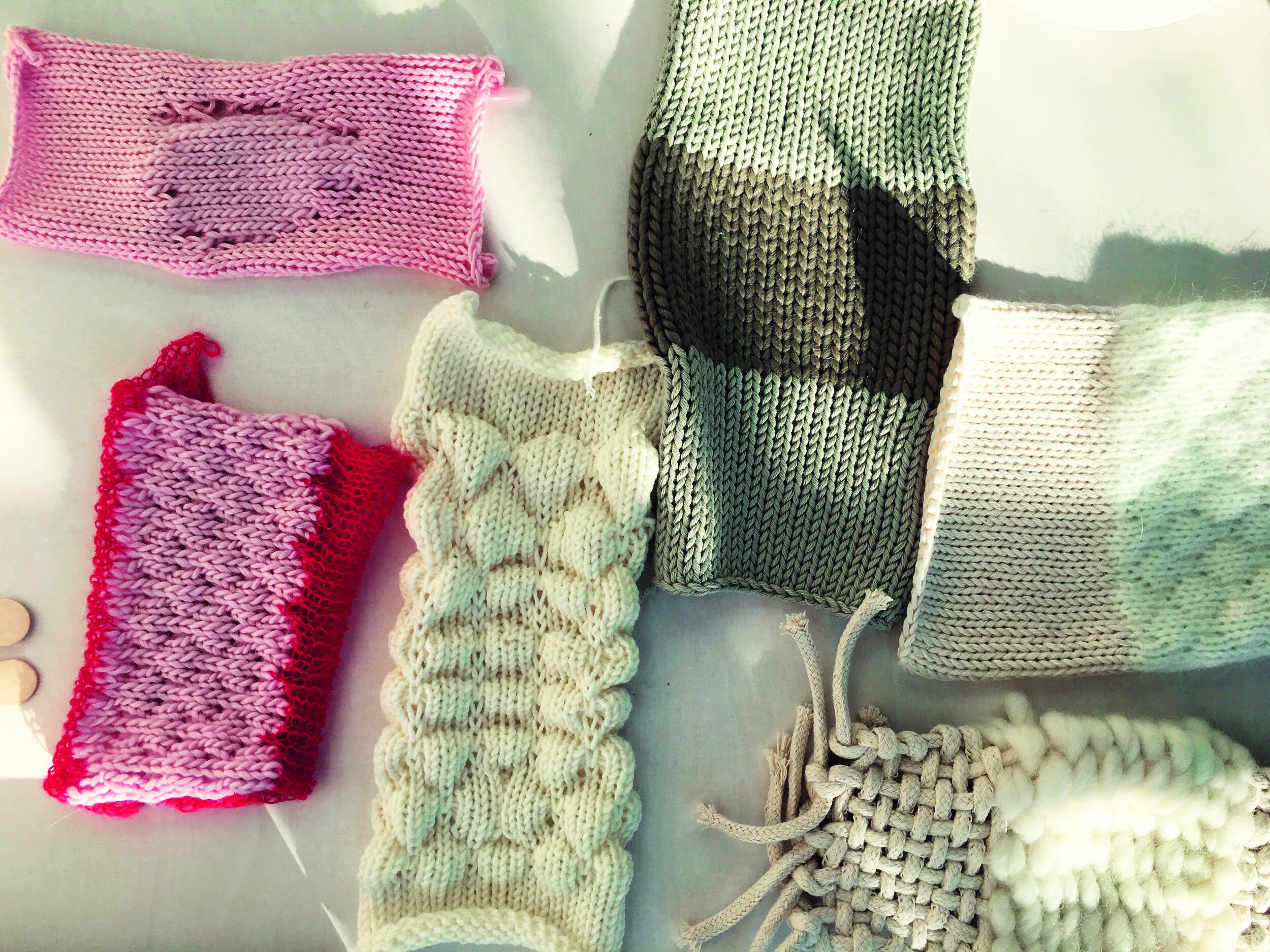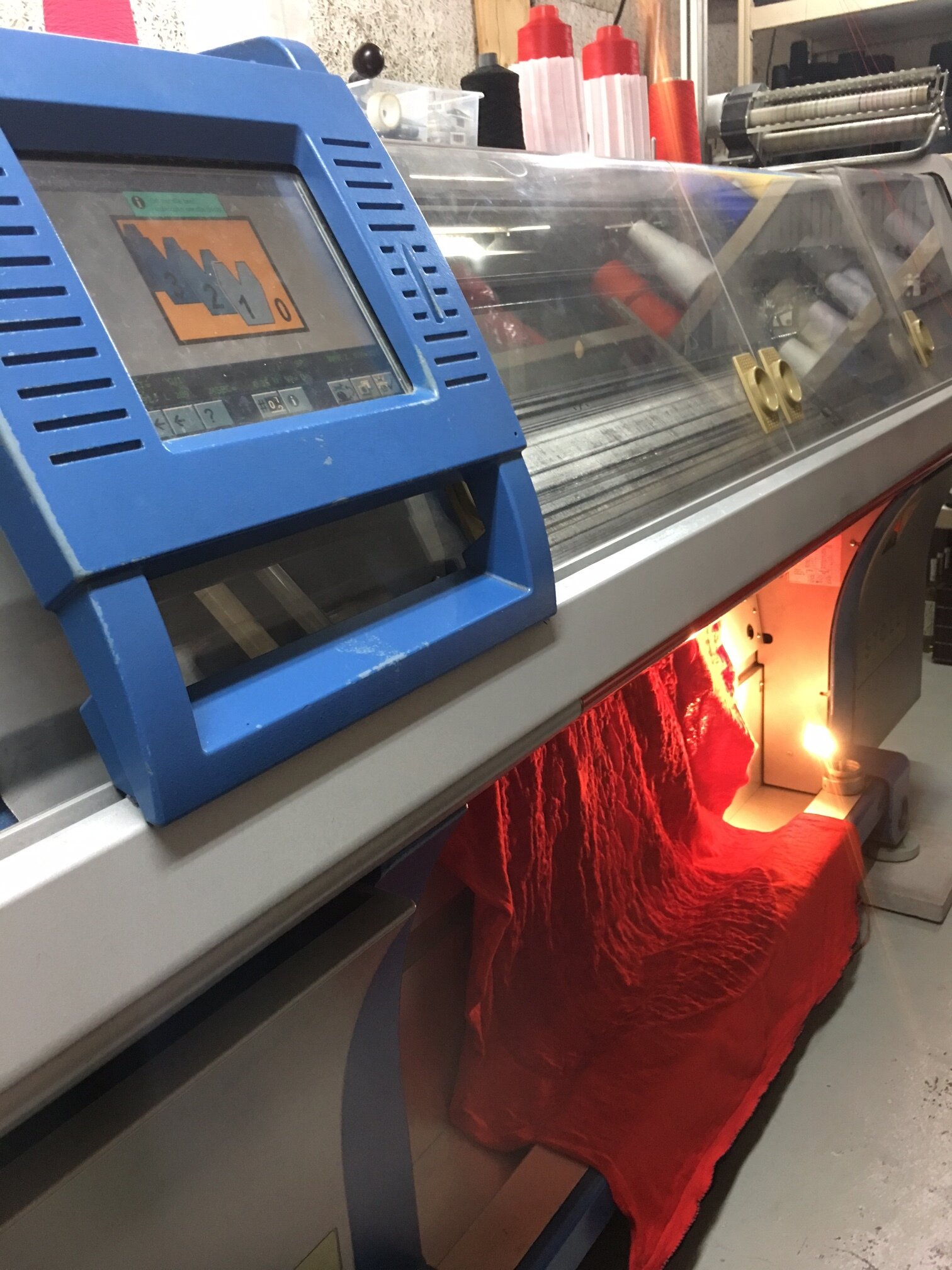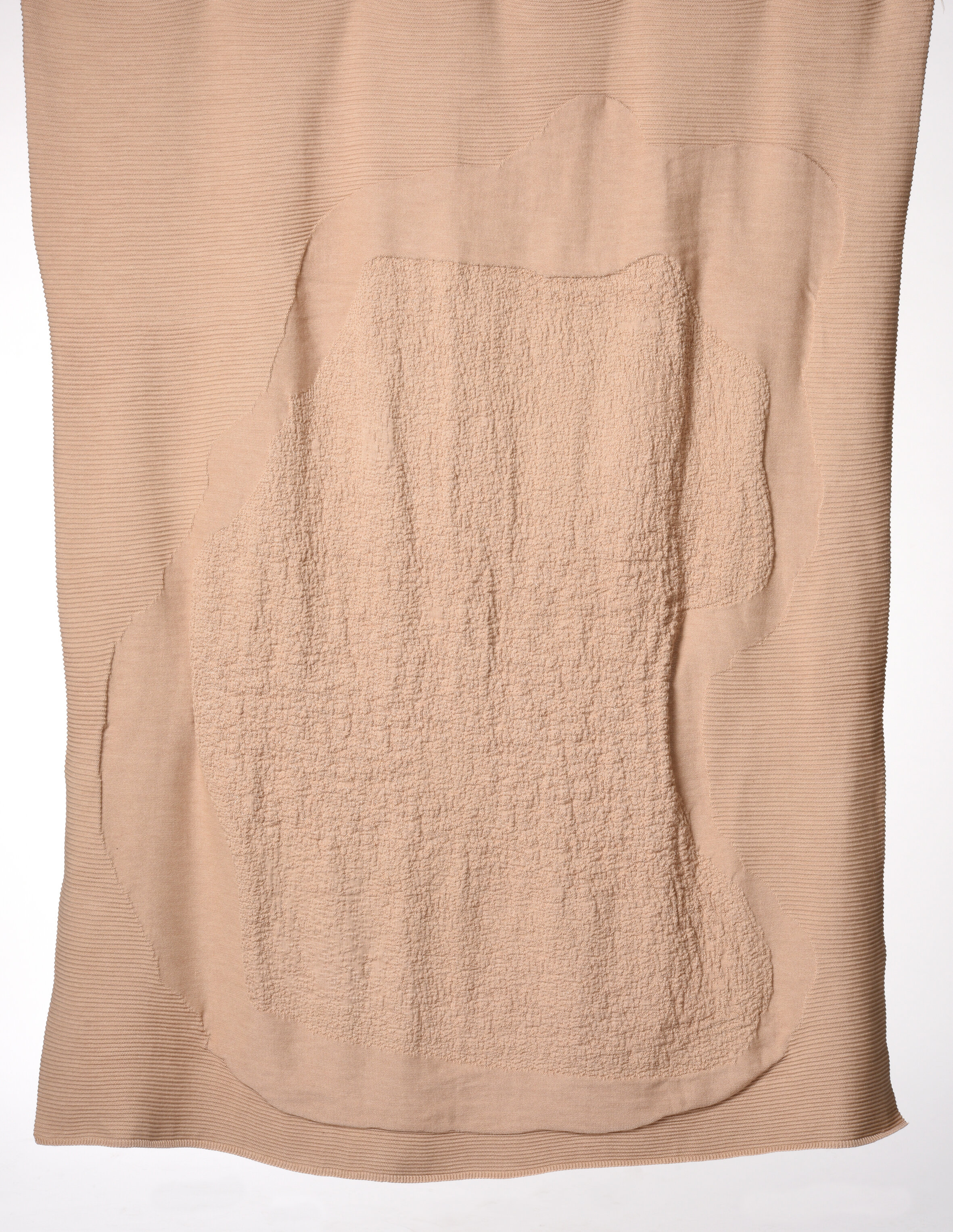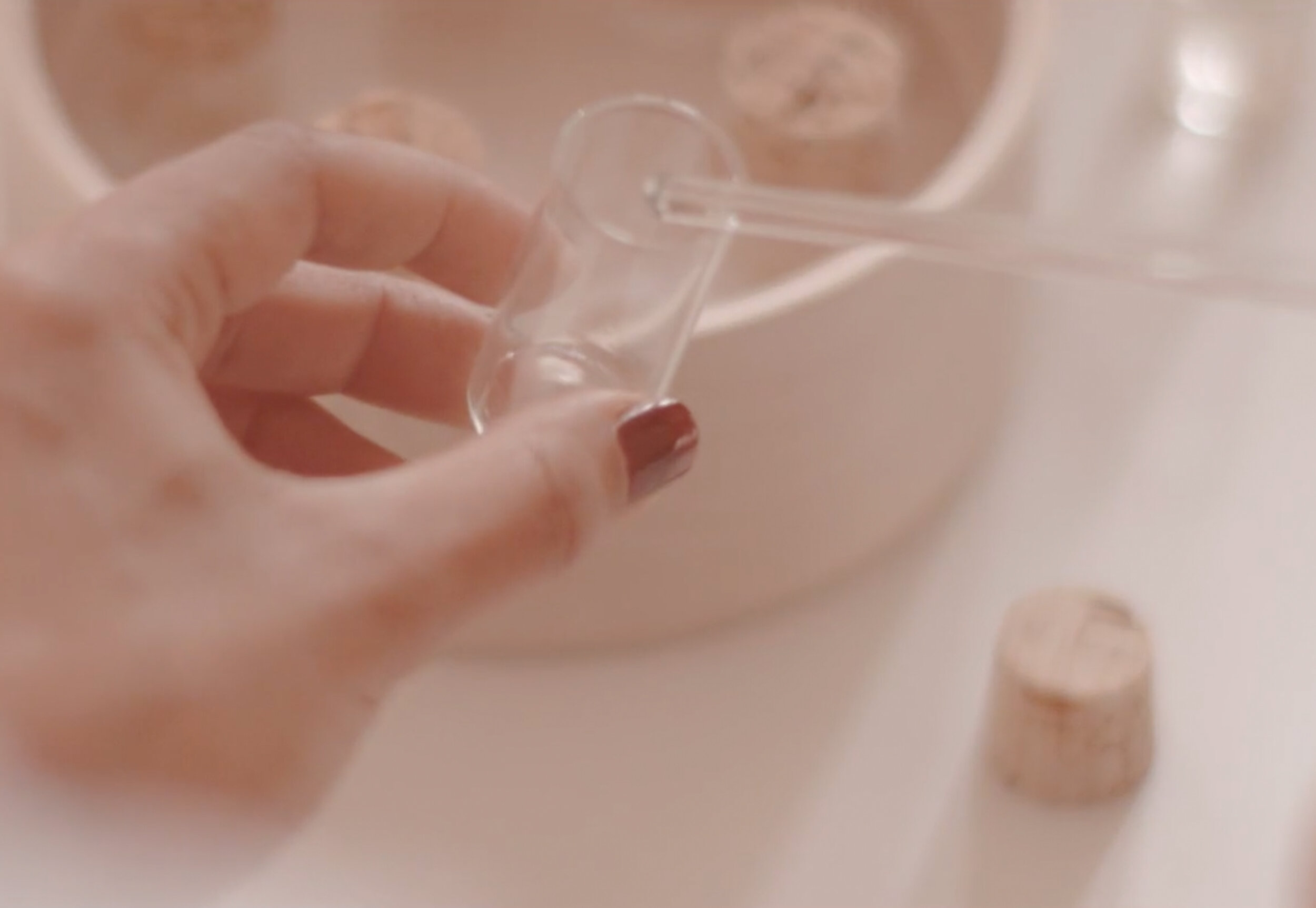
Smell Memory Tools
We all experience longing for another. It seems like technology has narrowed the gaps between us, but has it really cured the disease of distance?
‚Smell Memory Tools‘ is a design research project on the role of olfaction in long-distance relationships. The ‚Smell Memory Toolbox’ - a wooden box equipped with tiny glasses of different abstract scents - is the basis for an analog ritual. A couple can create a scent together which becomes their shared smell memory. The ritual continues with the assignment to translate the scent into drawings with an abstract shape and color - a method used by smell psychologists. Both drawings are now turned into two knitted blankets that are impregnated with the beforehand micro-encapsulated scent. If the textile is touched it releases the scent and evokes a sensual olfactory memory of the other person.
In cooperation with Fraunhofer IZM Potsdam, Knitwearlab Amsterdam, weißensee academy of art berlin.

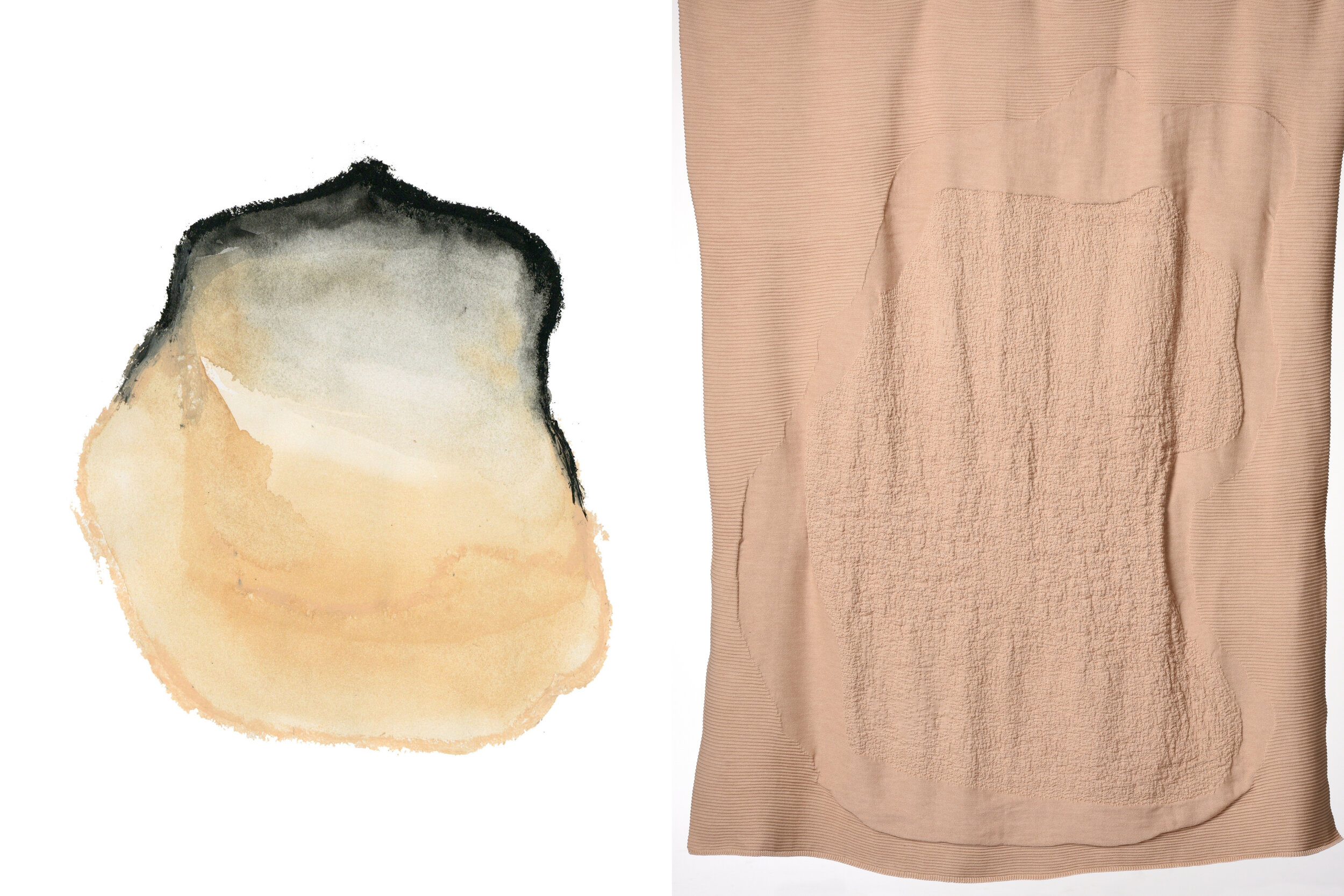
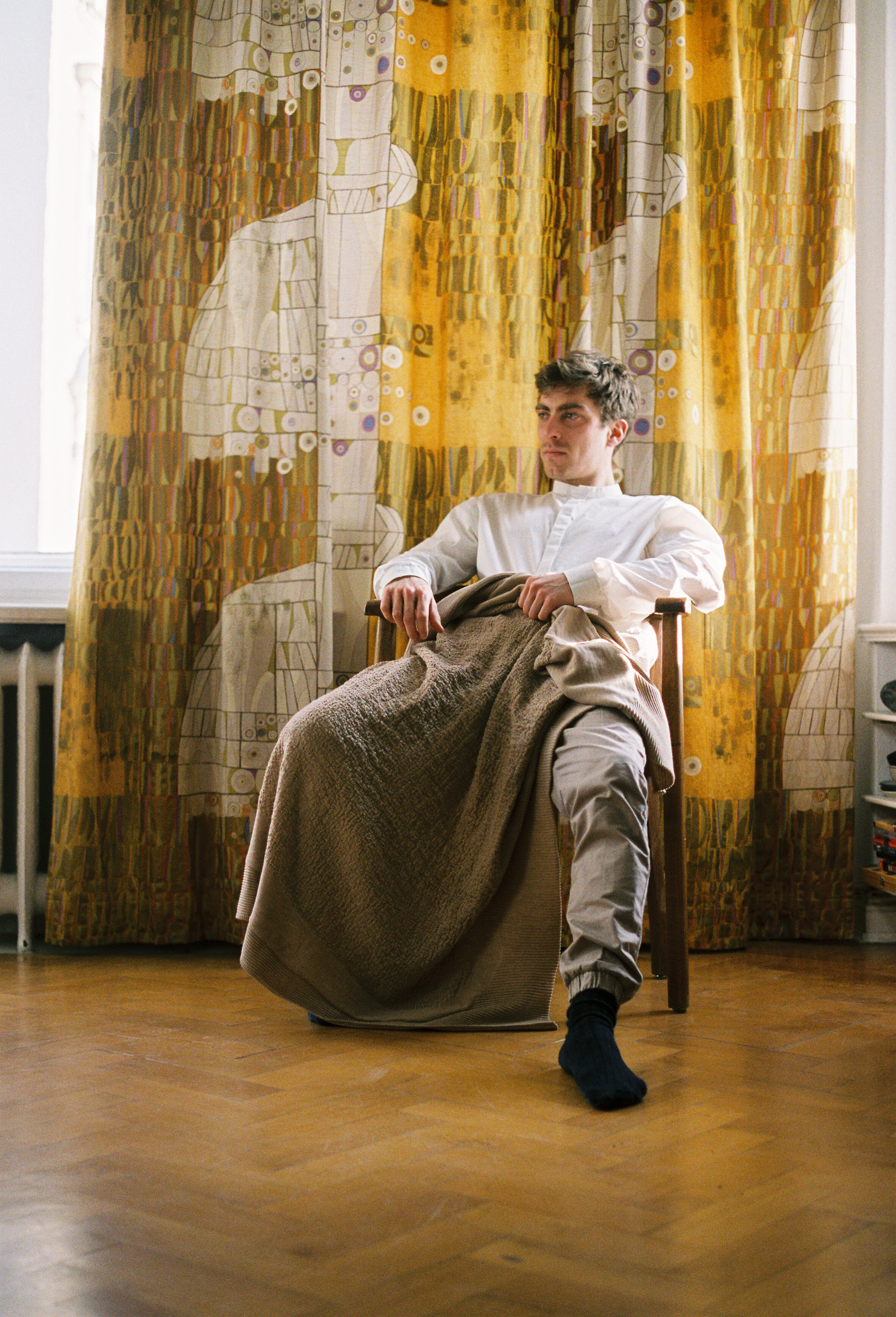
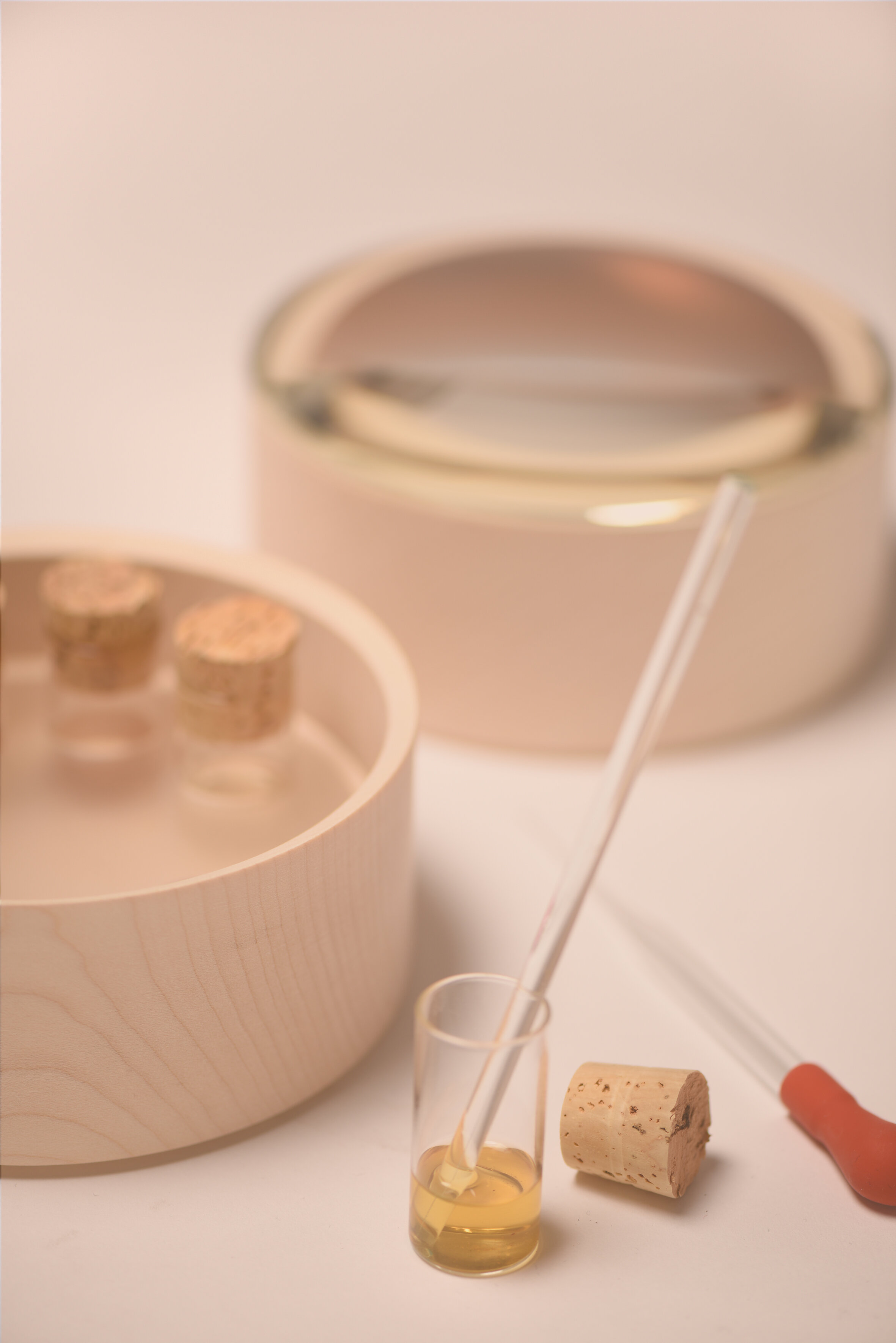
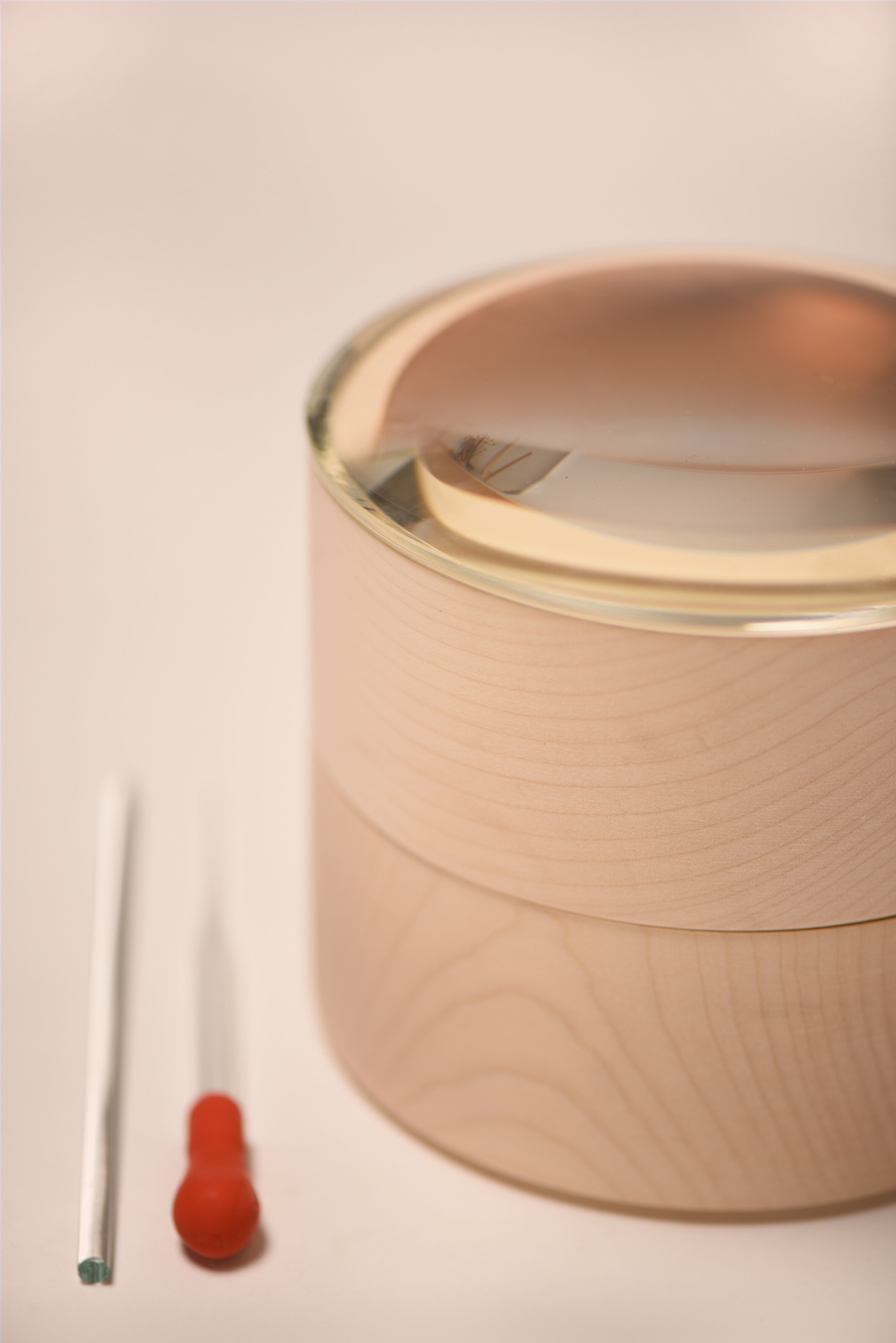


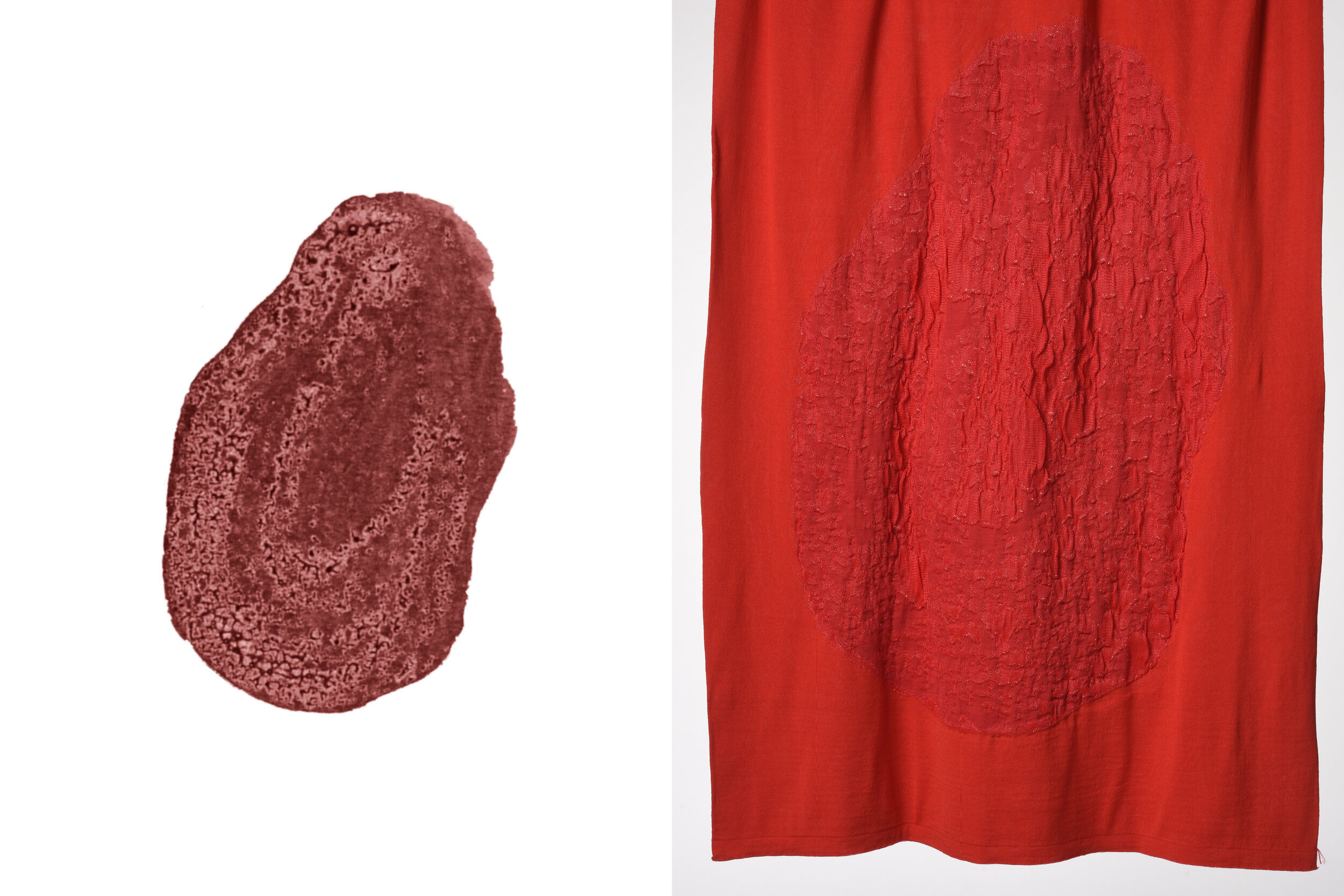
Research
The research focus of the project was to develop a technique for implementing a smell into textiles with the aim to release it slowly over time and only through being touched. Together with the scientists at Fraunhofer Institute for Applied Polymers Research IAP the technology of microencapsulation was chosen and adapted to the specific case.
Additionally different yarn types and materials were intensely tested to find the right quality for the impregnation and release process of the encapsulated smell.
The research was supported by Fraunhofer IAP in Potsdam.
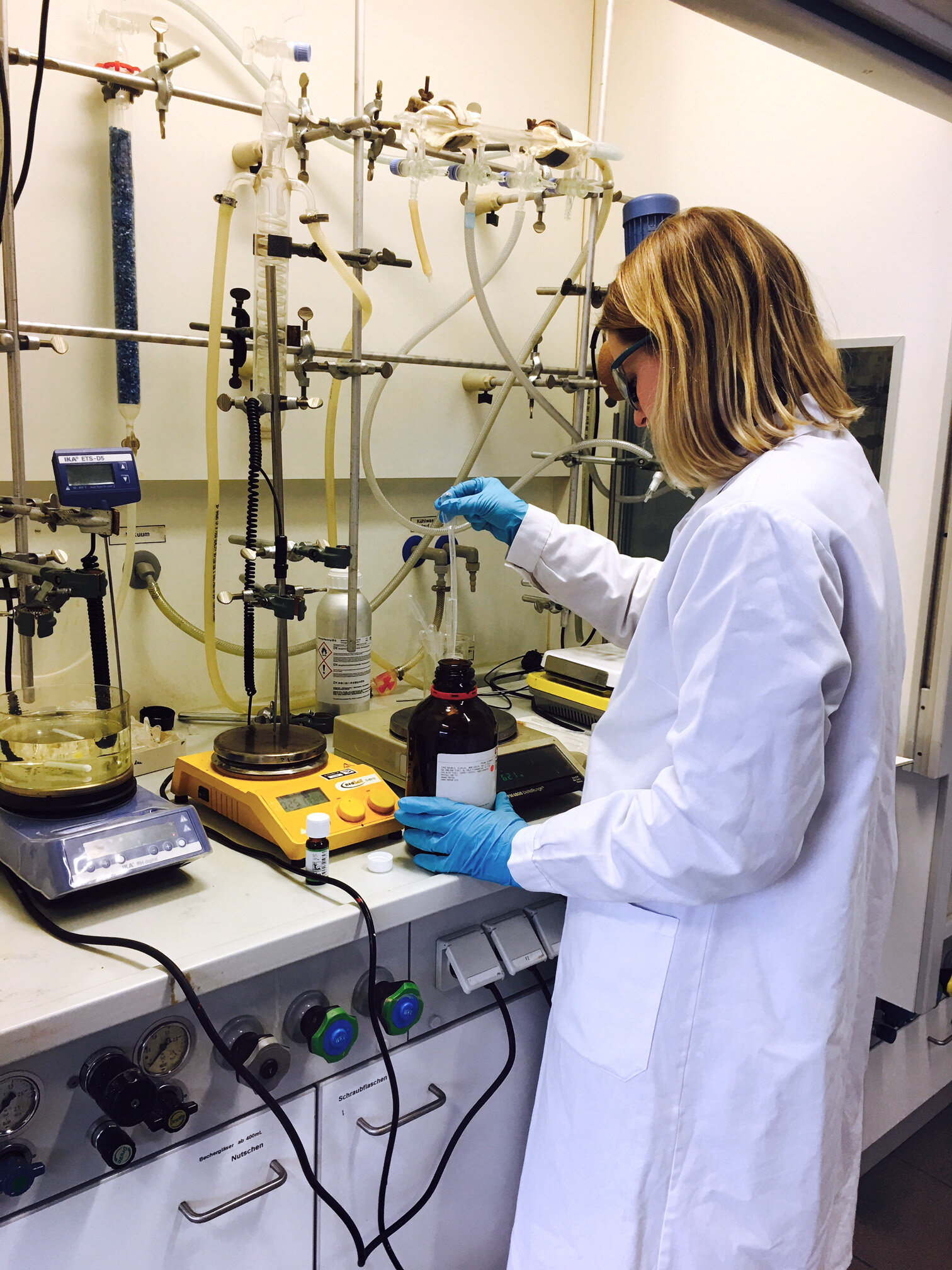

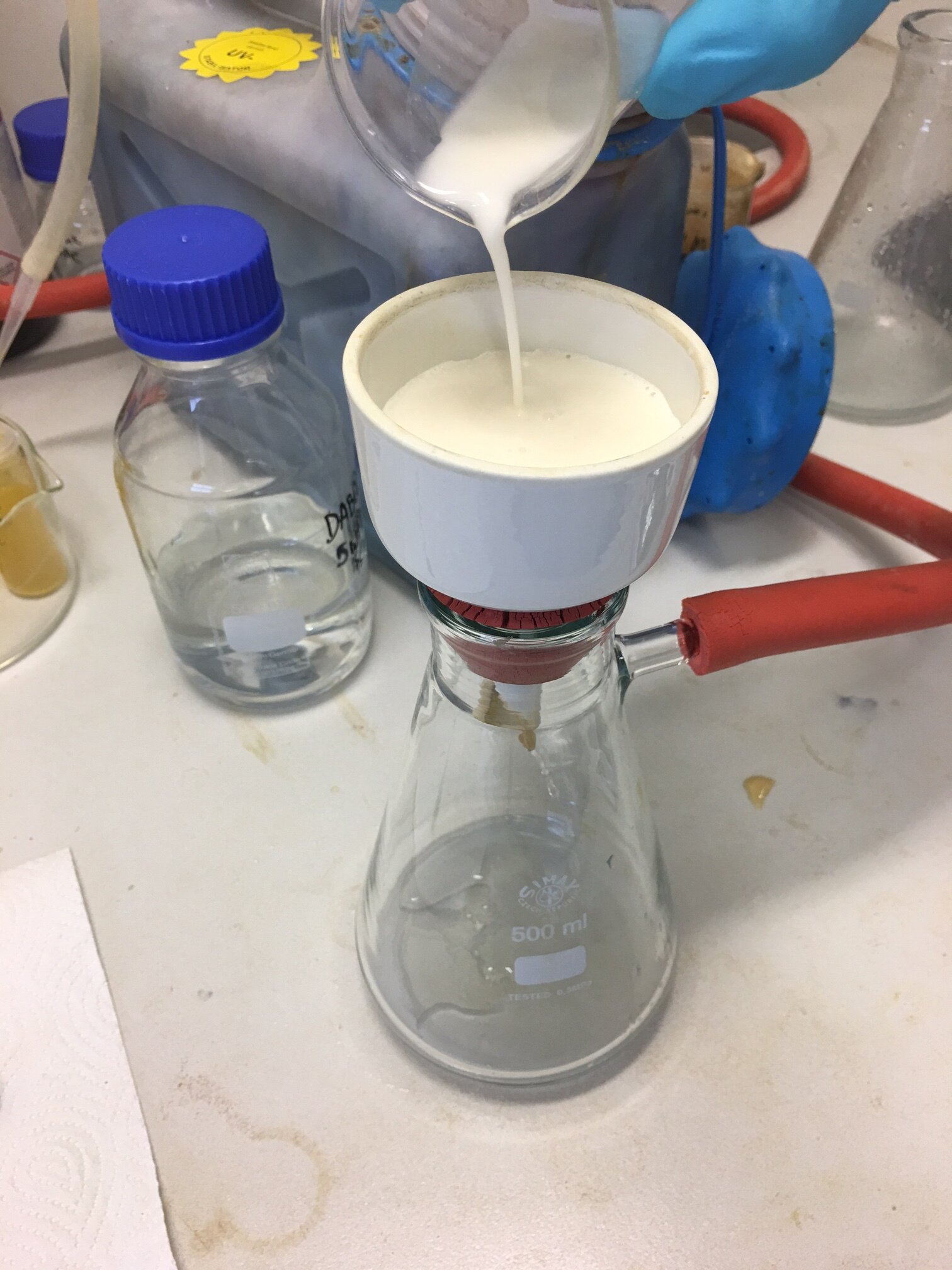
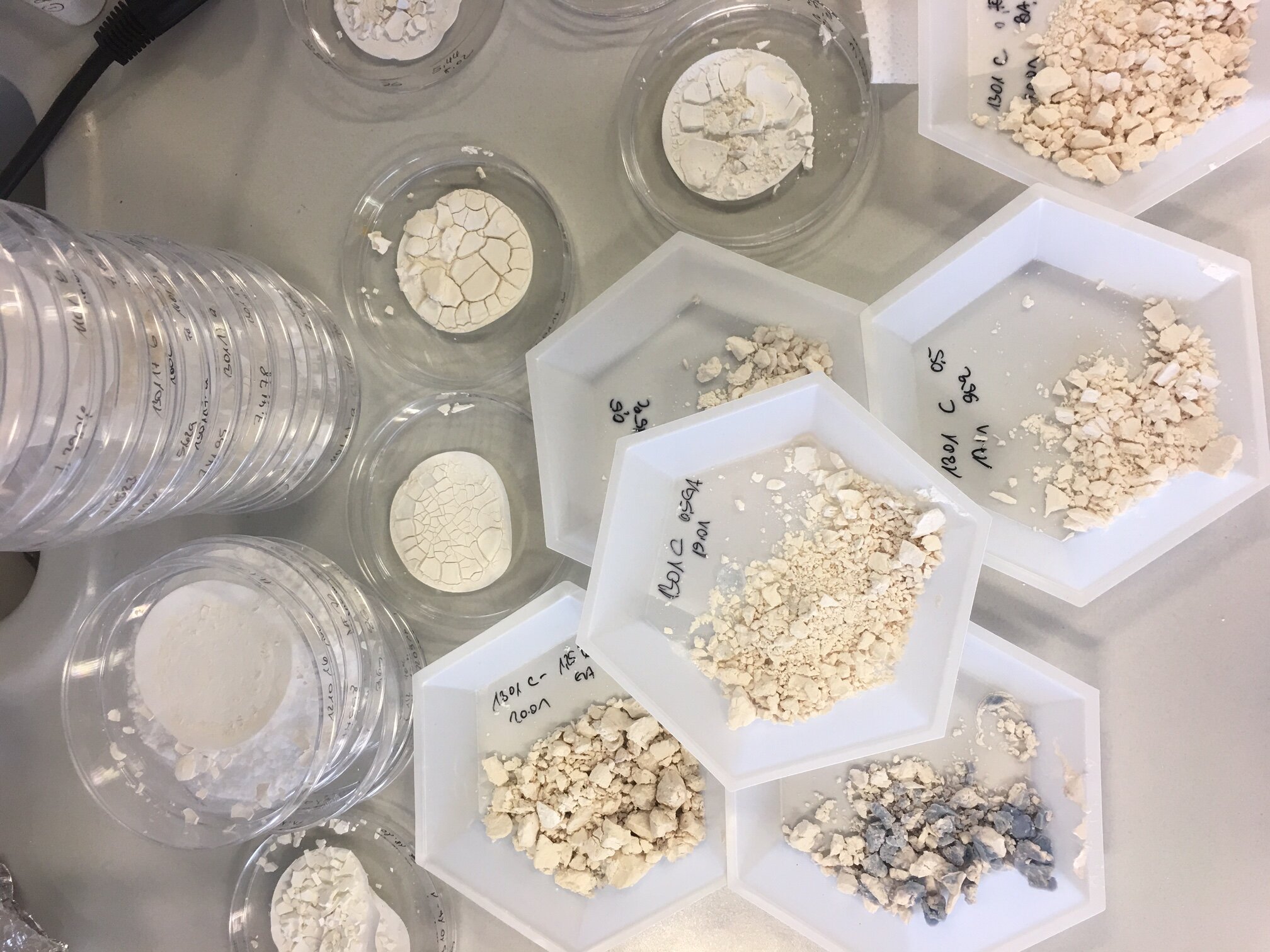

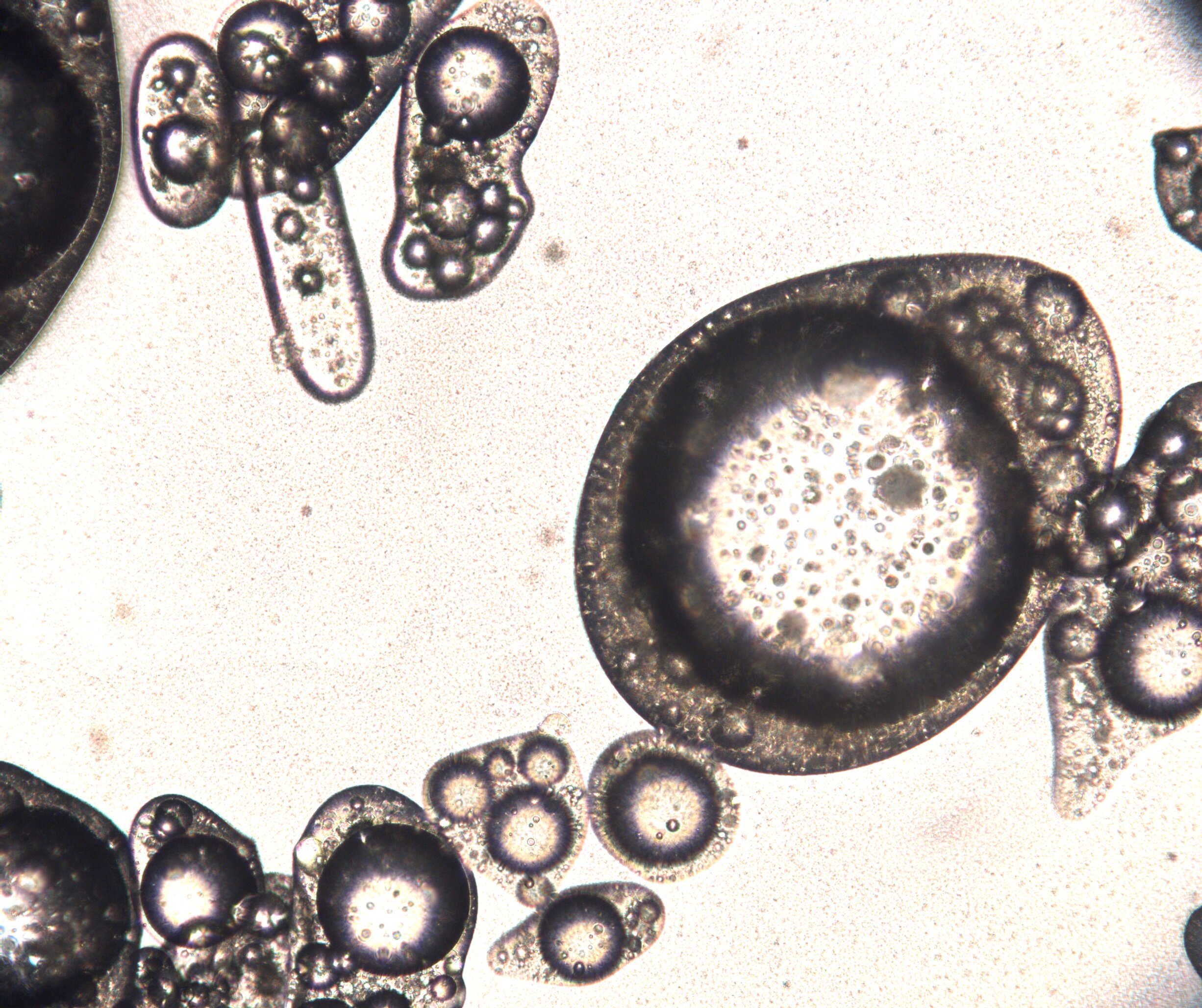


Textiles
The blankets created for the project have been developed as prototypes from two selected drawings. Knitting was chosen as the technique, as this allows for faster and less expensive implementation in a feasible scenario. In a knitting laboratory, the knitwearlab in Amsterdam, a color and material palette was compiled on the basis of the patterns. Since the fiber tests showed that wool fibers are particularly suitable for binding the microcapsules due to their structure, the blankets were to be made at least predominantly of wool.
The final textiles were produced at Knitwearlab Amsterdam.

